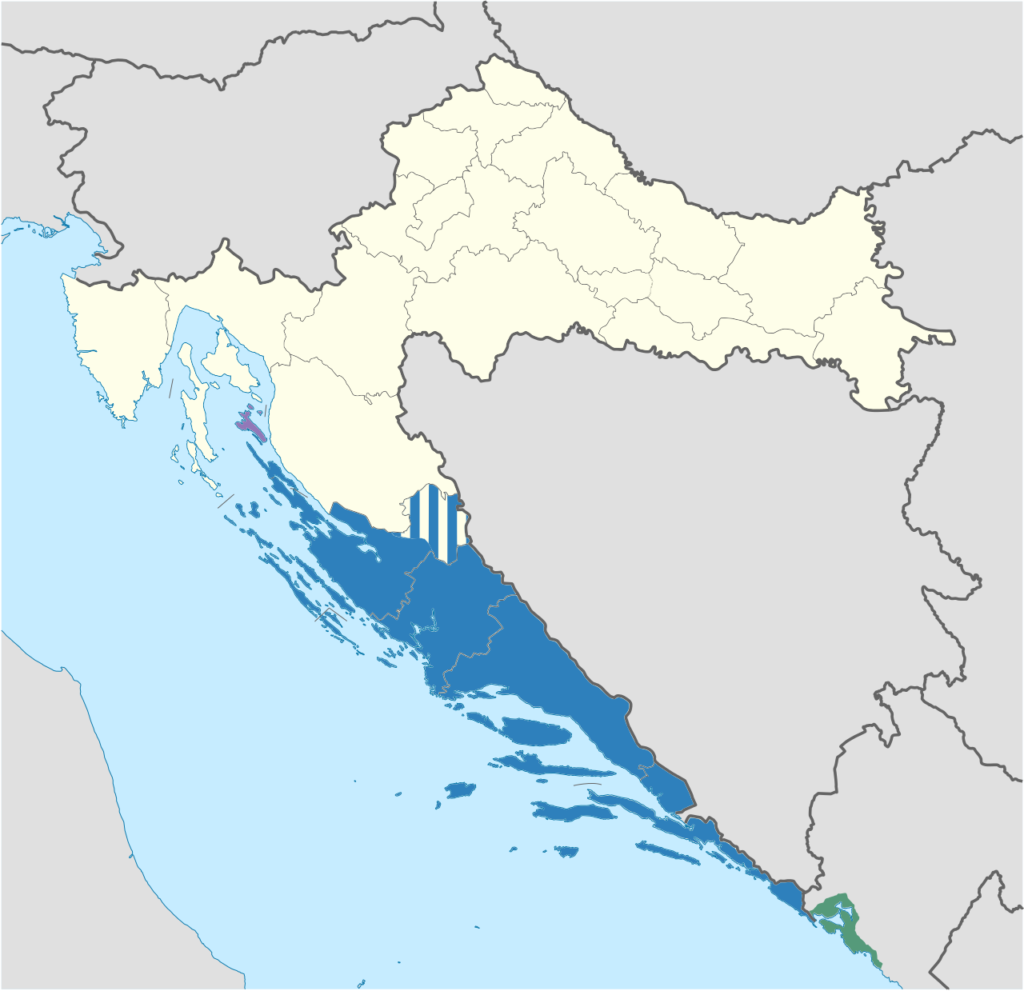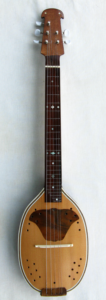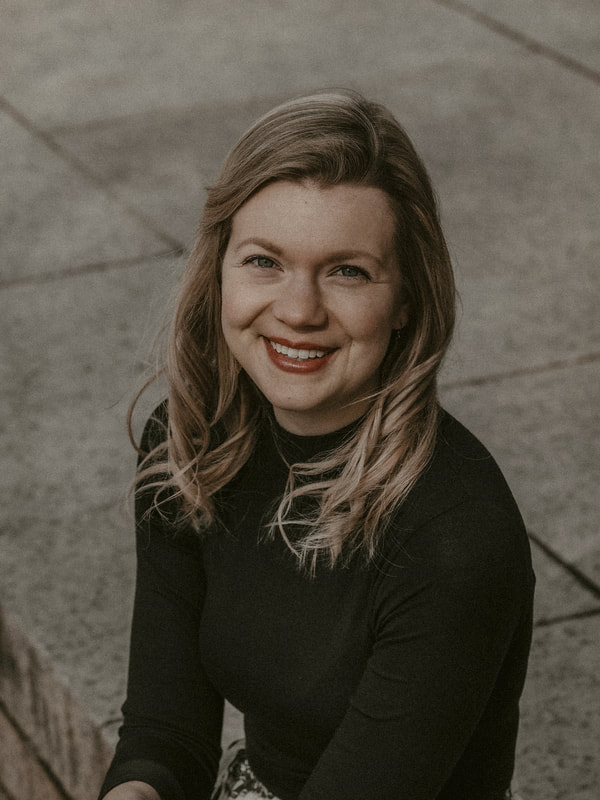Global Repertoire Highlight: Dalmatian Klapa Music

Today’s post was written by guest author Sarah Labrie, the Artistic Director of Quincy Choral Society, and a choral director at Stoughton High School in Stoughton, MA. She also serves as the chair of Treble Choirs for Massachusetts ACDA.
All choir directors know that the repertoire you choose holds the power to make or break your rehearsals. Where do we look in search of high-quality, vocally appropriate, diverse, and interesting repertoire that will expand the horizons for our singers? Certainly, we’ve all scrolled through our favorite online music publisher’s “Top 40,” listened to recordings from choirs we admire, and scavenged through old repertoire lists we saved in tote bags from the most recent conference we attended. Those can all provide some excellent options, but really, can you ever have enough repertoire resources? This article seeks to highlight the tradition of Dalmatian klapa music, and to offer resources for you to bring this music back to your choirs!
History
Dalmatia is a narrow belt of the east shore of the Adriatic Sea, stretching from the island of Rab in the North to the Bay of Kotor in the South. It is almost entirely in Croatia, but also includes a small part of Montenegro. The origins of Dalmatian klapa music can be traced into the Middle Ages, when secular elements of language and songs found their way into the church and mixed with sacred chants. Klapa singing adapted its modern homophonic form during the 19th and 20th century with strong Mediterranean (especially Italian) influences.
The term klapa indicates a group of friends. In Dalmatian music, this is the name for a group of people singing together. The singing is generally a cappella, but can also be discreetly accompanied by chordal instruments like guitar or mandolin. Klapas are usually formed by friends from the same town or street, and almost every Dalmatian town has its own klapa, sometimes many! For generations, no sheet music or lyrics were written down, and the songs passed between generations orally. Each town may have its own special songs, sung solely by them for generations. Local communities see klapa singing as a central marker of their musical identity, incorporating respect for diversity, creativity and communication. In 2012, Croatian klapa music was included in the UNESCO Intangible Cultural Heritage of Humanity.

Conductor Highlight: Jurica Petar Petrač
A dear Croatian friend of mine, Jurica Petar Petrač, is the one who introduced me to this incredible style of music and singing. He has degrees in music theory and choral conducting from the University of Zagreb Academy of Music in the class of T. Fačini. At age of 17, he founded the mixed choir Capella miércoles. From 2008 to 2014, he led Capella Juris, a mixed choir of the Faculty of Law (University of Zagreb), with whom he had won several important awards in Croatia and abroad (Zagreb, Ohrid, Prague, Split, Warsaw). In 2011, he was appointed as the new conductor of Cantores Sancti Marci, winning several first prizes at prestigious choir festivals. In 2015, he joined the Antiphonus vocal ensemble. In 2018, he established an international vocal ensemble and workshop Viatores Mundi.
Petrač currently teaches music at Blagoje Bersa Music School in Zagreb, is Artistic Director of klapa (traditional Dalmatian vocal ensemble) Cesarice, and in 2022 he was appointed musical director-conductor of the National Folk Dance Ensemble of Croatia LADO. I highly recommend listening to any of his ensembles if you’re looking for excellent models of klapa singing.
Performance Practice
Although klapa is a cappella music, it can also be stylistically appropriate to accompany singers with a chordal folk instrument like guitar, mandolin, or tamburica (image below). The main elements of the music are melody and harmony, with rhythm very rarely being very important. Klapa should be performed in a rubato manner with no conductor whenever possible. Singers need to work together to make the music sound and look conversational. To help achieve this during performances, klapa groups typically stand in a very tight semicircle. The vocal timbre is bright and resonant, as is common in most Eastern-European singing traditions.

Informational Resources
- Klapa multipart singing of Dalmatia, southern Croatia from UNESCO
- Klapa multipart singing of Dalmatia, Southern Croatia from the Croatian National Tourist Board
- Klapa Singing, a Traditional Folk Phenomenon of Dalmatia by Joško Ćaleta
Listening Resources
- Jezuš nam je gore vstal – Ansambl LADO
- Samo Moru Virujen – Klapa Cesarice
- Ditiću Malom Hadite – Klapa Cesarice’s newest album
- Solniško – Hojsak & Novosel i Klapa Cesarice
Repertoire Resources
To the best of my knowledge, there are not yet any online collections of klapa sheet music, but that does not mean it is possible to locate scores! Below are a few pieces to get you started, including some bonus SATB scores!
- Oj, Djetesce moje drago for SSA
- Moj Brodiću for SSAA
- Zdravo Budi Mladi Kralju for SATB
- U to vrijeme godista for SATB
Sarah Labrie is a Boston-based conductor, singer, and music educator. She is the Artistic Director of Quincy Choral Society, and a choral director at Stoughton High School in Stoughton, MA. Outside of conducting and teaching, Sarah sings with Tanglewood Festival Chorus and Boston Symphony Orchestra, Viatores Mundi (Croatia), Sarteano Musica Sacra Choir (Italy), Vox Futura (Professional Recording Studio Choir), Labyrinth Choir, and in other numerous other choral performances throughout New England and Europe. She can be reached at s_labrie@stoughtonschools.org.

